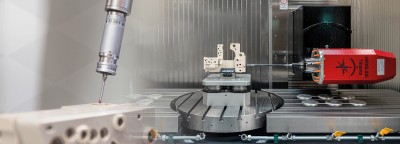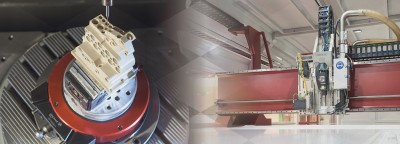
2020 | 4 gluing techniques explained
Our 4 gluing techniques explained
BKB Precision has done professional plastics processing for more than forty years. One of the techniques we use as part of this work is the bonding technique of plastic gluing. It requires specialist expertise to glue plastics in such a way that a durable bond is created. Our professionals therefore have the right expertise so that they always select and apply the right kind of gluing technique. In this blog, we explain the methods we use for this.
Various gluing techniques for gluing plastic
In addition to professional skill, accuracy, and the right materials, choosing the right gluing technique is also extremely important. At BKB Precision, we therefore specialize in various gluing techniques, including 2-component gluing, ultraviolet gluing, and the use of solvents and specifically prescribed adhesives. Which technique we choose depends on the kind of plastic, its porosity and absorbency.
1. 2-component glue or 2k glue
A commonly used gluing technique within BKB Precision is the use of 2k or 2-component glue. Characteristic of this technique is that the glue is made up of two components which only hardens after they have been mixed together. When the two components are mixed, the resulting glue has to be applied quickly. The end result is an extremely strong bond. In addition, this gluing technique can be applied to many different materials.
2. Ultraviolet glue or UV bonding
Ultraviolet glues or UV bonding are suitable for gluing various materials, including many types of plastic. This method involves hardening a special formula of liquid plastic by treating it with UV light. The adhesion of the glue depends on it being activated by a UV lamp. This allows for fast and manageable gluing at room temperature.
The advantages of this technique include high strength and the ability to create straight lines. In addition, this technique can easily be applied as part of an automatic production process.
3. Solvent glue
We also use solvent glue within our company wherever necessary. This kind of glue consists of an adhesive dissolved in a specific agent. This glue doesn’t harden, but rather the adhesive bond is established as the solvent is absorbed or evaporates. The advantage of this technique is that the plastic to be processed will still have its original shape after gluing.
4. Specific adhesives
Naturally, our specialists always look for the most effective gluing technique based on the circumstances of the specific case. If the use of certain other specific adhesives is desirable, we will of course always choose the most suitable technique.
Would you like more information on our plastic processing and gluing techniques? Then please contact us now without obligation and we would be happy to give you our expert advice!
